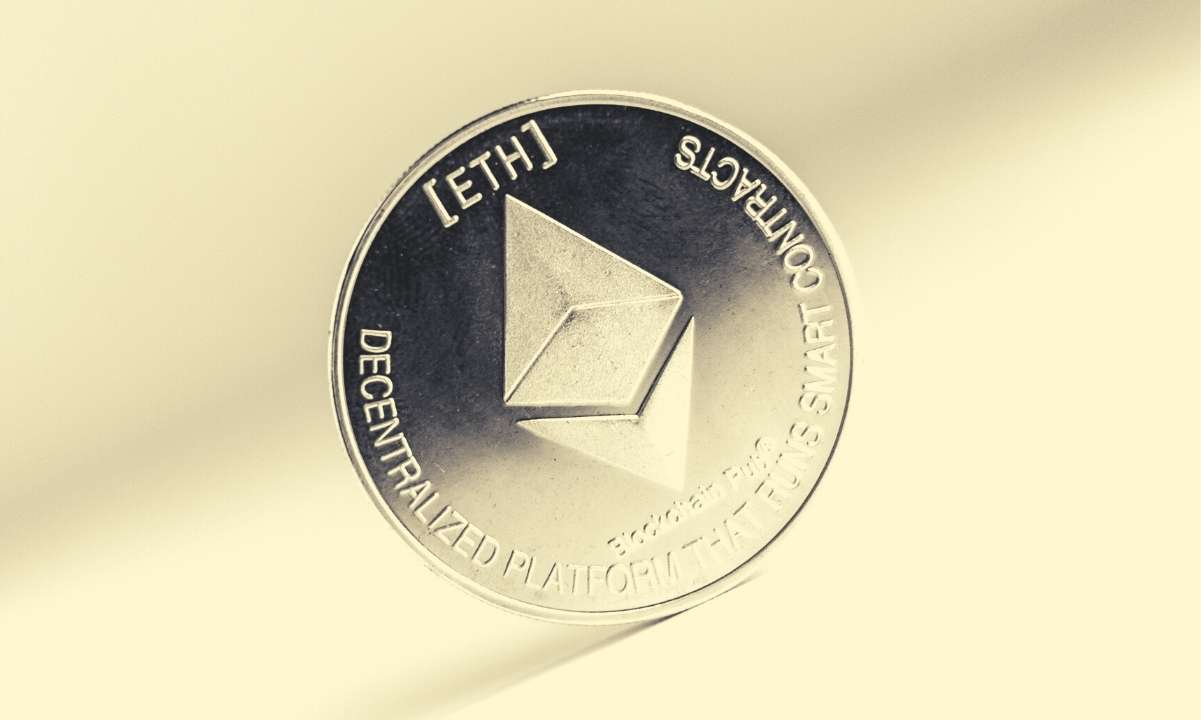Bitcoin Death Cross 2021 Is Here: The Reasons Why You Shouldn’t Be Worried
The Q4 2019 and Q1 2020 crashes were both preceded by a death cross and signified that the tides in the market are about to shift in a big way.
Why Does a Death Cross Work?
The death cross indicator has been reliable in both the stock and crypto markets – it predicted 4 major crypto crashes, as well as the 1974 and 2008 stock market collapses. When a bull market ends, short-term momentum (indicated by the 50-day moving average line, or 50MA) starts to slow down.
The Death Cross describes a cross between the MA-50 and MA-200, whereas the shorter one, the 50-day, crosses below the 200-day.

Long-term moving averages are able to provide a robust trend – a line of best fit, so to speak, creating an idea of baseline demand. In bullish markets, momentum moves higher with time, so on shorter time frames like the 50MA, the market tends to overshoot the long-term mean.
Short-term moving averages falling below long-term ones (especially on high volume) indicate that demand & interest is drying up, and is often followed by a huge drop or a prolonged bear market.
The Death Cross’s Reliability in Crypto
Being far younger than traditional markets, the cryptocurrency market is not always privy to the same rules. We’ve seen time and time again that the death cross often deals a hard blow to individual stocks and broad-based indices. Indeed, for the most part, similar trends have been observed in the Bitcoin market.
However, the death cross indicator isn’t foolproof. 2015’s mid-year Bitcoin death cross, although on much lower volume, was actually followed up by a massive bullish run.
The ultimate thread on #BTC deathcross and cycle data analysis
1) Historical #deathcross until #goldencross time (in days) + largest price swing since deathcross begins:
2011: 180 D, -59%
2014: 90 D, +83%
2014: 390 D, -63%
2018: 360 D, -55%
2019: 105 D, -29%
2020: 50 D, +66% pic.twitter.com/8JmbtnFLGJ— venturefoundΞr (@venturefounder) June 17, 2021
Death crosses in later years have been more reliably followed up by bearish price action partially due to more accurate price discovery on higher volume. It’s a great indicator that should definitely be taken seriously, but it’s never a lock, as per the above figures, that show the ROI from a death cross until a Golden cross took place, which is the opposite – when the MA-50 line crosses above the MA-200 line.
This might be a function of Bitcoin’s youth, but a death cross has invariably been followed up by massive price action one way or another, so it’s worth gearing up anyway.
Other than pure technical analysis, there are several interesting fundamental factors at play that might push against the death cross’s bearish tilt: El Salvador’s adoption of Bitcoin, Taproot’s signaling completion, miners’ transition into Texas’s world of renewable energy, and more have the possibility of mitigating (or negating) what the death cross has in store for BTC’s price over the end of June.









